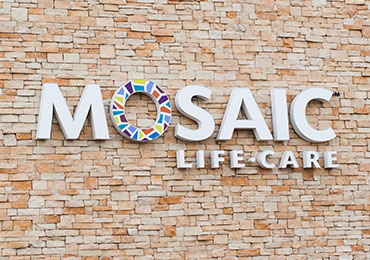Cancer risk: What the numbers mean
How is risk expressed?
Risk is generally divided into two categories: absolute risk and relative risk.
Absolute risk
Absolute risk refers to the actual numeric chance or probability of developing cancer during a specified time period — for example, within the year, within the next five years, by age 50, by age 70, or during the course of a lifetime.
One type of absolute risk is lifetime risk, which is the probability that an individual will develop cancer during the course of a lifetime. For instance, an American man's absolute risk of developing prostate cancer in his lifetime is about 11 percent. Put another way, about 11 out of every 100 men will develop prostate cancer at some time in their lives. This also means that 89 out of every 100 men won't develop prostate cancer.
Lifetime risk isn't the risk that a person will develop cancer in the next year or the next five years. An individual's cancer risk has a lot to do with other factors, such as age. For instance, a woman's lifetime risk of developing colon and rectal cancer is just over 4 percent, or about 42 out of every 1,000 women. But her risk of developing colon and rectal cancer before the age of 50 is 0.3 percent, or about 3 out of every 1,000 women.
Relative risk
Relative risk gives you a comparison or ratio rather than an absolute value. It shows the strength of the relationship between a risk factor and a particular type of cancer by comparing the number of cancers in a group of people who have a particular trait with the number of cancers in a group of people who don't have that trait.
For instance, compare the relative lung cancer risk for people who smoke with the relative lung cancer risk in a similar group of people who don't smoke. You might hear relative risk being expressed like this: The risk of lung cancer for smokers is 25 times higher than the risk for people who don't smoke. So the relative risk of lung cancer for smokers is 25.
Relative risk is also given as a percentage. For example, the risk of lung cancer for smokers is 2,500 percent higher than it is for people who don't smoke.
When you hear about relative risk, there's no upper limit to the percentage increase in risk. Most people think 100 percent is the highest possible risk, but that isn't true in this case.
A relative risk of 100 percent means your risk is twice as high as that of someone without that risk factor. A 200 percent relative risk means that you are three times as likely to develop that condition.
Risk seems greater when put in these terms. A 100 percent increase in risk may seem enormous, but if the risk began as 1 in 100 people, a 100 percent increase in risk means that 2 out of 100 will be affected.
